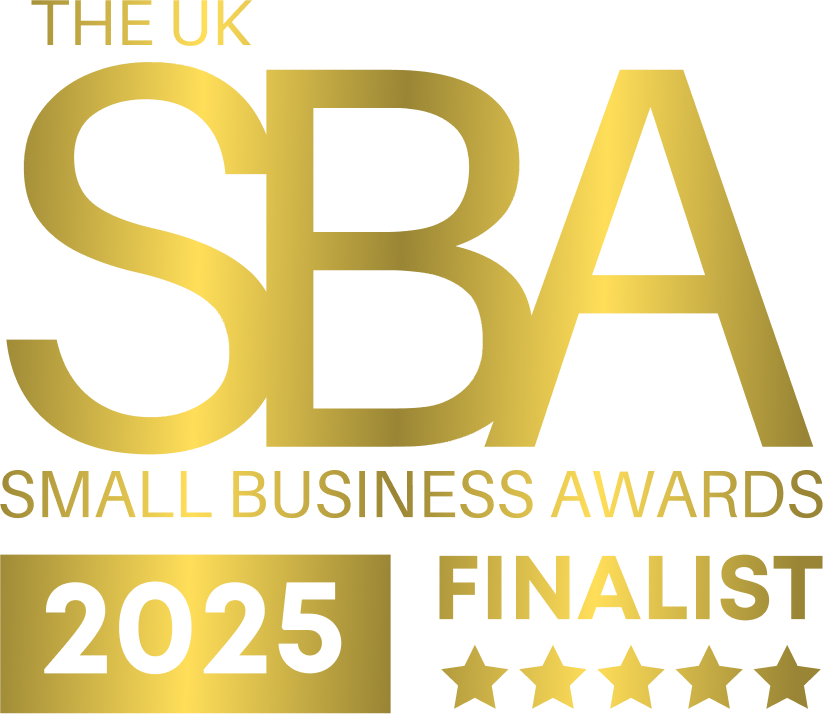Avoiding Viral Cleaning Fads: What Professionals Want You to Know

In today’s digital age, platforms like TikTok and Instagram Reels are overflowing with cleaning hacks. While some tips go viral for good reason, many gain traction for all the wrong ones.
From scrubbing toilets with cola to microwaving sponges for “sterilization,” social media is brimming with quick-fix solutions using common household ingredients.
However, beneath the flashy filters and fast-forwarded clips lies a serious concern: cleaning professionals warn that many of these trends are not just ineffective—they’re also unsafe, and in some cases, downright harmful to your home and health.
The Rise of Risky Cleaning Content
Every day, millions of users scroll through visually satisfying cleaning content. These videos offer sparkling transformations, clever tricks, and feel-good results. Nevertheless, cleaning professionals and chemists are raising alarms. Just because a method goes viral doesn’t necessarily mean it’s practical—or safe.
In fact, some popular hacks are based on poor science, misguided assumptions, or questionable safety practices. As a result, they can do more harm than good.
5 Common Viral Cleaning Hacks You Should Avoid
Here’s what professionals say you should skip—even if they look impressive online:
Mixing Vinegar and Baking Soda
-
The Myth: This combination creates a fizzing, super-powered cleaner.
-
The Reality: Although the fizz is dramatic, the chemical reaction mostly results in water and salt. In short, they cancel each other out—leaving behind a cleaner that’s far less effective than using either ingredient separately.

Using Ice Cubes to Clean Garbage Disposals or Floors
-
The Myth: Ice polishes floors or sharpens garbage disposal blades.
-
The Reality: Ice does little to improve cleanliness, and on wood or laminate floors, it can cause warping or water damage. Instead, try a targeted cleaning solution suited to the material.
Mixing Bleach with Vinegar or Ammonia
-
The Myth: Combining strong ingredients increases cleaning power.
-
The Reality: This creates toxic chlorine gas—a dangerous substance even in small amounts. Therefore, never mix household chemicals without full knowledge of the chemical reaction.
Using Coca-Cola as a Toilet Cleaner
-
The Myth: The acid in cola removes stains easily.
-
The Reality: While mildly acidic, cola is full of sugar and dyes that may attract bacteria and leave residue. For better results, use diluted citric acid or vinegar instead.
Microwaving Cleaning Sponges
-
The Myth: Microwaving sanitizes the sponge.
-
The Reality: Unless fully saturated, sponges can catch fire. Moreover, microwaving doesn’t eliminate all bacteria evenly. A safer option is placing them in the dishwasher or replacing them regularly.
The Problem With “Satisfying” Cleaning Clips
What looks effective on camera isn’t always effective in real life. Consider the following:
-
Visual ≠ Effective – Surface-level results are often misleading.
-
Staged Outcomes – Some clips are pre-set to show dramatic results that may not work in real situations.
-
Lack of Safety Guidance – Many influencers skip mentioning gloves, ventilation, or chemical warnings.
Consequently, viewers are misled into trying unsafe methods without understanding the risks involved.
Surface & Safety Damage Is Real
Incorrect use of these hacks can cause long-term damage. For instance:
-
Acidic ingredients like vinegar or lemon can etch stone and marble.
-
Excessive bleach use may discolor grout.
-
Over-wetting or using harsh chemicals on floors can strip protective coatings or warp the material.
-
Some methods even result in skin burns or eye irritation.
Ultimately, safety should always outweigh speed or visual satisfaction.
.
What Experts Recommend Instead
Here’s what professional cleaners suggest you do:
✅ Stick to proven, science-backed cleaning methods.
✅ Use products appropriate for the surface—for example, pH-neutral cleaners for wood and stone.
✅ Read and follow label instructions carefully.
✅ Avoid mixing products unless you fully understand the chemical interactions.
✅ Prioritize health and safety over online trends.
In summary, if in doubt, turn to certified cleaning professionals or reliable sources—not viral videos from unverified influencers.





